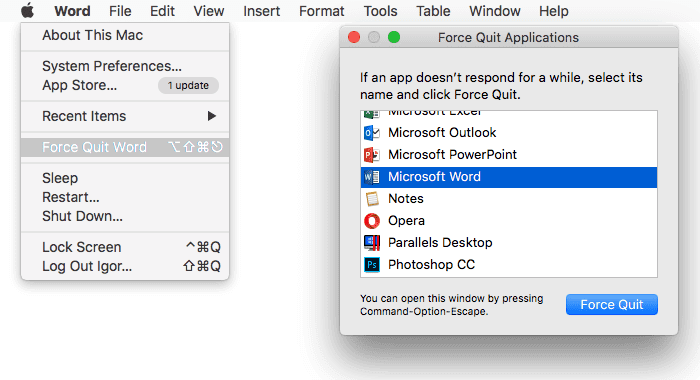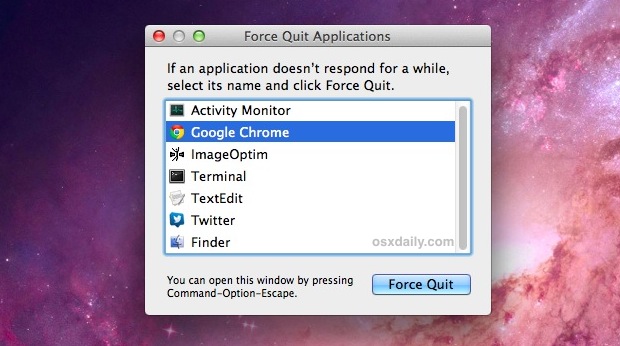To quit (close) a Mac app normally, choose Quit from the app's menu in the menu bar, or press Command (⌘)-Q. If the app doesn't quit, follow these steps to force the app to quit.
Just a quick tip on how to force quit an application that is not responding in Mac OS X.www.Twitter.com/thesavage042Read My Blogs at:MacintoshTIPZ.comJon4Lak. To sign the application, you’re going to need Mac OS X 10.9 or newer and Xcode 7 or newer. In order to install the signed application to your device you’re going to need a cable. For the Apple TV 4, you’ll need either a USB-A to USB-C cable or a USB-C to USB-C cable. For iOS devices, you’ll need your standard sync cable. Background Information (Technical) Mac OS X 10.8 introduced a caching system for app preferences ('cfprefsd'). While this probably increases performances for apps, it makes it harder for developers to manipulate preference values quickly for testing, because making changes directly to the plist files in the /Library/Preferences folder does not work any more with editors such as 'Property List.
Mac Os X Versions
How to force an app to quit

Press these three keys together: Option, Command, and Esc (Escape). Or choose Force Quit from the Apple menu in the upper-left corner of your screen. (This is similar to pressing Control-Alt-Delete on a PC.)

Then select the app in the Force Quit window and click Force Quit.
You can even force the Finder to quit, if it stops responding: Select Finder in the Force Quit window, then click Relaunch.
Learn more
Companies That Make Apps
How to force an app to close on your iPhone, iPad, or iPod touch.